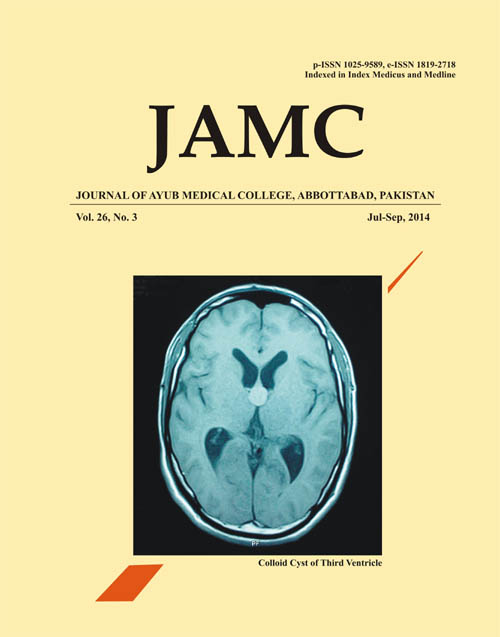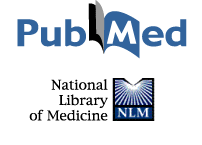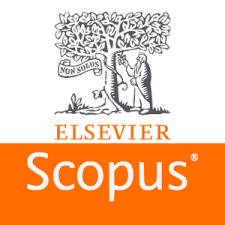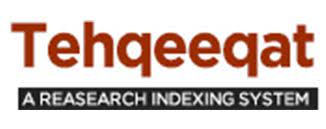NEEDLESCOPIC SURGERY-A STEP FORWARD IN MINIMAL INVASIVE SURGERY
Abstract
The ultimate craftsman is one who leaves no trace.’Sun Tzu and the art of WarMinimal invasive surgery is the invention of a new era in the field of surgery. The benefits of minimal surgical trauma and better cosmesis have established superiority of laparoscopy over conventional open techniques. This has driven surgeons toward development of new horizons such as minilaparoscopy, microlaparoscopy or needlescopic surgery. Needlescopic surgery has been in practice since 1990s but still there is lack of enough literature supporting its benefits over conventional laparoscopy.1Needlescopic surgery employs the use of 3mm or smaller ports and instruments instead of the 5mm-12mm ports used in conventional laparoscopy.1,2 It is performed by inserting narrow guide tubes or ports through the incisions and then passing slender instruments through the tubes (Figure). The incisions are so small that there are virtually no scar marks after one month. Initially needlescopic surgery was started strictly with all port sites3 mm and smaller but later difficulty in specimen extraction, control of haemorrhage and application of staplers and clips allowed the use of one 10-12mm port. This introduces the concept of a cosmetically acceptable escape hatch. A 10-12mm escape hatch at umbilicus can provide surgeons the leverage of better haemostasis, use of staplers and clips, specimen extraction and better operative environment control without compromising the impeccable cosmesis.A variety of procedures have been reported to be successfully done by needlescopic surgery. These include needlescopic appendectomy, cholecystectomy, hernia repair, bullectomy, thryroid tumour and axillary lymph node dissection, splenectomy and adrenalectomy.2,3 The limitations of needlescopic surgery are the durability and strength of instruments, limited tissue manipulation, hindrance in visualization and decreased functionality.4 However with time as experience and expertise with needlescopic surgery improves and evidence evolves the superior benefits of this technique can be signified.Keywords: Needlescopic surgery, Laproscopic, Mini-laproscopyReferences
Sajid MS, Khan MA, Cheek E, Baig MK. Needlescopic versus laparoscopic appendectomy: a systematic review. Can J Surg 2009;52:129–34.
Tagaya N, Kubota K. Reevaluation of needlescopic surgery. Surg Endosc 2012;26:137–43.
Wada H, Kimura T, Kawabe A, Sato M, Miyaki Y, Tochikubo J, et al. Laparoscopic transabdominal preperitoneal inguinal hernia repair using needlescopic instruments: A 15-year, single-center experience in 317 patients. Surg Endosc 2012;26:1898–90.
Krpata DM, Ponsky TA. Needlescopic surgery: what's in the toolbox? Surg Endosc 2013;27:1040–4
Published
Issue
Section
License
Journal of Ayub Medical College, Abbottabad is an OPEN ACCESS JOURNAL which means that all content is FREELY available without charge to all users whether registered with the journal or not. The work published by J Ayub Med Coll Abbottabad is licensed and distributed under the creative commons License CC BY ND Attribution-NoDerivs. Material printed in this journal is OPEN to access, and are FREE for use in academic and research work with proper citation. J Ayub Med Coll Abbottabad accepts only original material for publication with the understanding that except for abstracts, no part of the data has been published or will be submitted for publication elsewhere before appearing in J Ayub Med Coll Abbottabad. The Editorial Board of J Ayub Med Coll Abbottabad makes every effort to ensure the accuracy and authenticity of material printed in J Ayub Med Coll Abbottabad. However, conclusions and statements expressed are views of the authors and do not reflect the opinion/policy of J Ayub Med Coll Abbottabad or the Editorial Board.
USERS are allowed to read, download, copy, distribute, print, search, or link to the full texts of the articles, or use them for any other lawful purpose, without asking prior permission from the publisher or the author. This is in accordance with the BOAI definition of open access.
AUTHORS retain the rights of free downloading/unlimited e-print of full text and sharing/disseminating the article without any restriction, by any means including twitter, scholarly collaboration networks such as ResearchGate, Academia.eu, and social media sites such as Twitter, LinkedIn, Google Scholar and any other professional or academic networking site.









